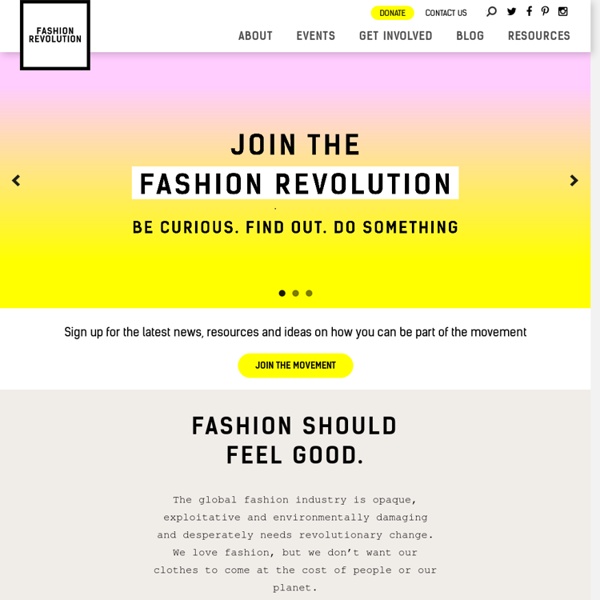Fashion Revolution
Love Your Clothes
Love Your Clothes aims to raise awareness of the value of clothes and help us make the most of the clothes we already have. We focus on encouraging people to think about way they purchase, use and dispose of clothes. We provide easy and practical tips and advice on how to: make your clothes last longerreduce the environmental impact of laundering your clothesdeal with unwanted clothesmake the most of your wardrobe. This will help reduce our impact on the environment by reducing the amount of carbon, water and waste created through the manufacture, laundry and disposal of clothing while also helping to save money and resources. Love Your Clothes has been developed with industry as part of the Sustainable Clothing Action Plan (SCAP), which is coordinated by WRAP, a not-for-profit organisation and supported by UK Governments (England, Scotland, Wales and Northern Ireland).
Related:
Related:



